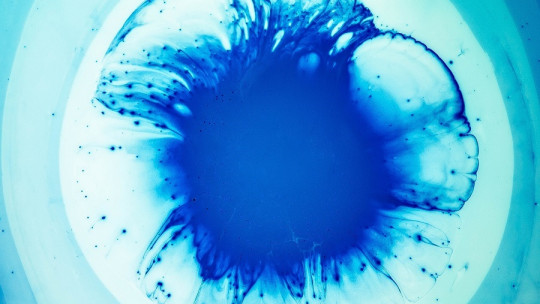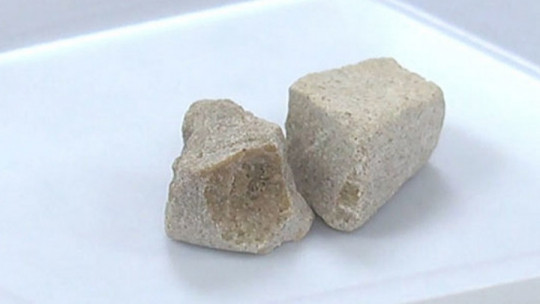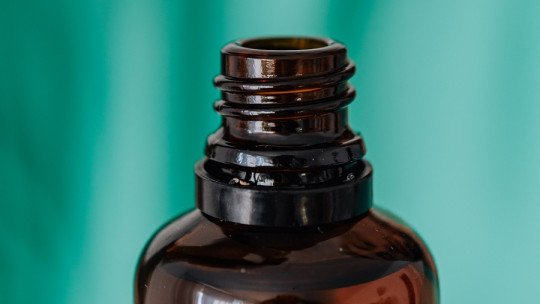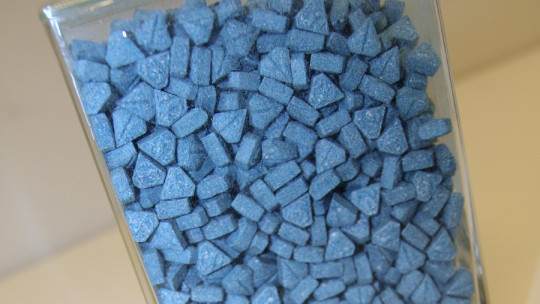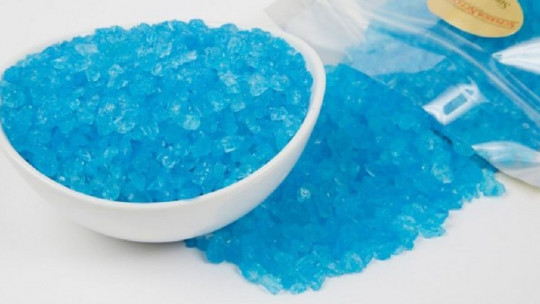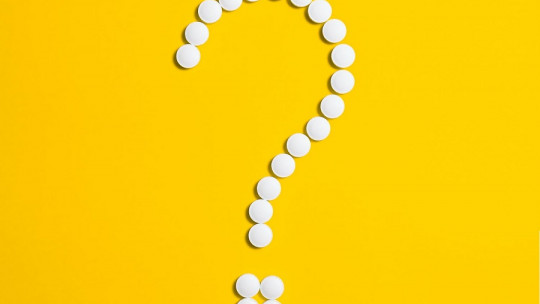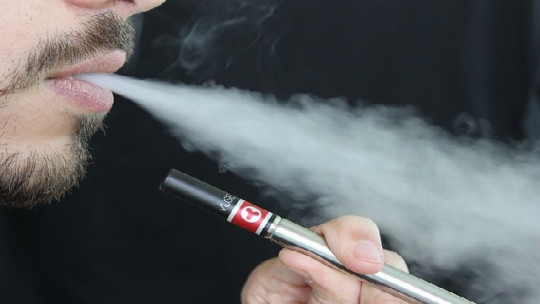
Although drug consumption is usually associated with younger people, Psychoactive substances are consumed by people with very diverse profiles and of different ages
The uses made of the different types of drugs are very varied, and tell us about the versatility of this class of substances. From psychoactive substances consumed millennia ago to synthetic drugs of contemporary times, the wide repertoire of drug effects has meant that they are used in many contexts.
A little history about drugs
Man, since the beginning, has always consumed substances that have affected his nervous system. In fact, there is knowledge that some opiates were already used around the year 3000 BC.
In addition, there is data that shows that at that time, in Asia, hemp was already consumed. In America, coca leaves were used as a pain reliever and, on that same continent, the Aztecs used some mushrooms such as peyote. Some types of hallucinogenic drugs have also been used in rituals linked to shamanism and to polytheistic religions, so that hallucinations were actually interpreted as forms in which alternative planes of existence became part of the environment that can be experienced.
Drugs: different uses and effects
The drug is a natural or artificial substance that alters physical performance, perception, mood and behavior of the individual who consumes it. These effects on people can be very varied, and these substances can have different uses, which means that there are different types of drugs. Surely we have all heard of LSD or cocaine, drugs with very different effects, but both widely consumed and known for decades.
Currently, New drugs have gained popularity and some have hit the media because despite being types of drugs for recreational use, they produce effects that are as peculiar as they are dangerous: bath salts, known as the cannibal drug, or Flakka, also called “Hulk drug,” are some examples.
There are even drugs that have different functions, such as GHB. This drug, which is used as a medication for the treatment of narcolepsy (under the trade name of XYREM), it also has recreational use and, as incredible as it may seem, it is used by rapists to neutralize their victims, just like Burundanga. This is because depending on the context in which drugs are used, they can have different uses ; After all, these types of substances do not have just one specific effect, but several.
If you still don’t know these drugs, you better read the following articles:
The difference between drug, drug, active ingredient and medication
In specialized literature we may find the word drug and drug used interchangeably. Although these terms can be confusing, it is even worse when we add the concepts of active principle either medicine. You may find different explanations of these terms in different magazines (even specialized ones), but in this article we have focused on the explanation of the World Health Organization (WHO).
The word drug refers to any chemical substance that is capable of altering consciousness, perception, mood and behavior. The conditions that must be met for a substance to be classified as a drug are the following:
While some authors use the term drug to refer to any drug, others also use it to refer to medications. He medicineunlike drugs, it does have a therapeutic use
He active principle make reference to the chemical substance that produces the effect on the body In the case of the drug ecstasy, the active ingredient would be the chemical MDMA. There are medicines that combine different active ingredients and, sometimes, there may be medicines that even use excipients.
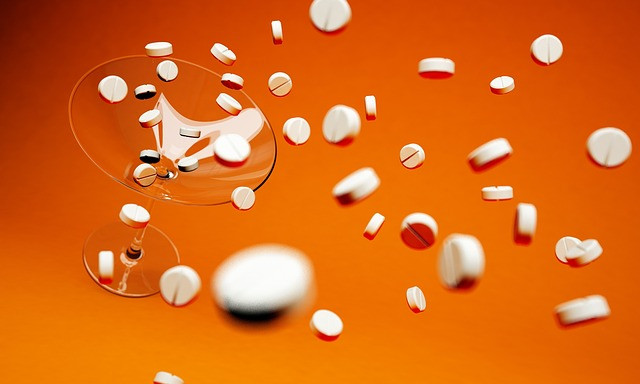
How drugs are classified
The types of drugs can be classified in different ways: according to whether they are legal or illegal, according to their methods of consumption, according to their effects on the nervous system. Let’s see how they are classified to know a little better about the different types of psychoactive substances
Legal or illegal drugs
The term legal drug either illegal It has to do with the legislation of the country where the substance is consumed. The term illegal means that its use is not permitted by the legislation of that country. And although the own consumption of an illegal substance is sometimes permitted, the sale is punishable with harsh administrative and/or criminal sanctions.
The legal drugs yes they are allowed, and There is usually an economic purpose for its use For example, taxes collected from tobacco or alcohol.
It may happen that the legislation of one country allows the consumption and sale of a drug that is prohibited in another country, as in the case of marijuana, which is allowed in the Netherlands but not in Spain.
Classification according to route of consumption
Since the variety of drugs is very wide, depending on their mode of consumption, they can be classified in different ways:
Classification according to its effect on the nervous system
Drugs can also be classified according to their effect on the nervous system:
Nervous system depressants
Nervous system stimulants
Psychedelic or disturbing substances
- Hallucinogens: LSD, mescaline…
- Cannabinoids: hashish, marijuana…
- Ecstasy, ketamine
Some considerations about consumption routes
The faster the consumed substance passes into the blood, the faster and more intense the effects tend to be. However, this does not mean that the types of drugs that are injected have worse effects than the rest; It must be remembered that some may be beneficial in clinical contexts controlled by doctors.
About its effects
Finally, it must be taken into account that although the mechanisms of action of many types of drugs are approximately known and their consumption may be associated with the appearance of very relevant symptoms that worsen people’s quality of life, it is also true that In practice, it is difficult to determine whether a certain psychological or neurological phenomenon is caused only by the administration of these substances.
Ultimately, it is very common for those who consume drugs the most to have a history of mental disorders (favored by a mix of genetic predispositions and contextual factors), so in many cases, what happens after consumption is multi-casual, fruit of these latent problems in interaction with the neurobiological changes produced in the nervous system after introducing a certain component into the body.

